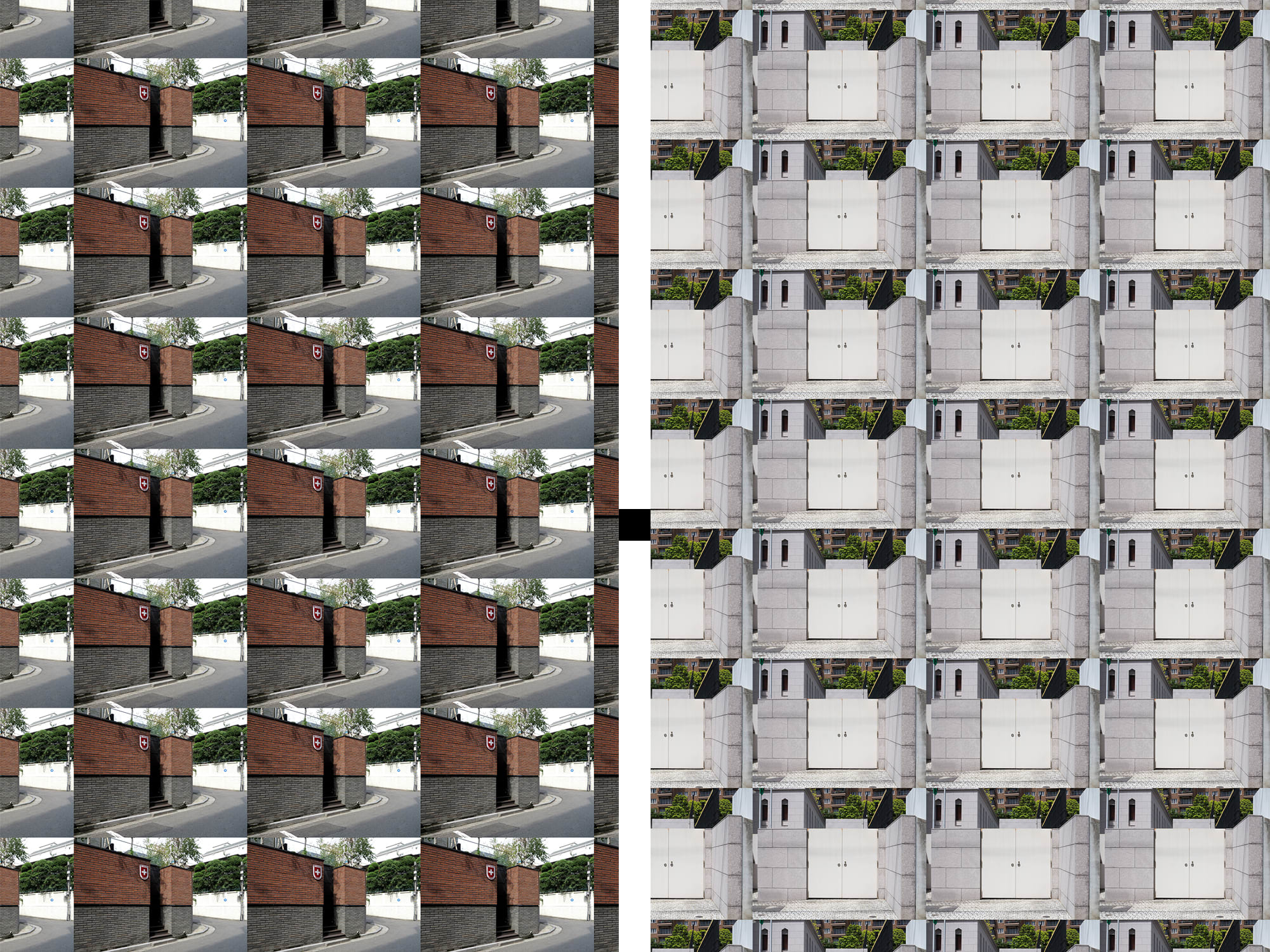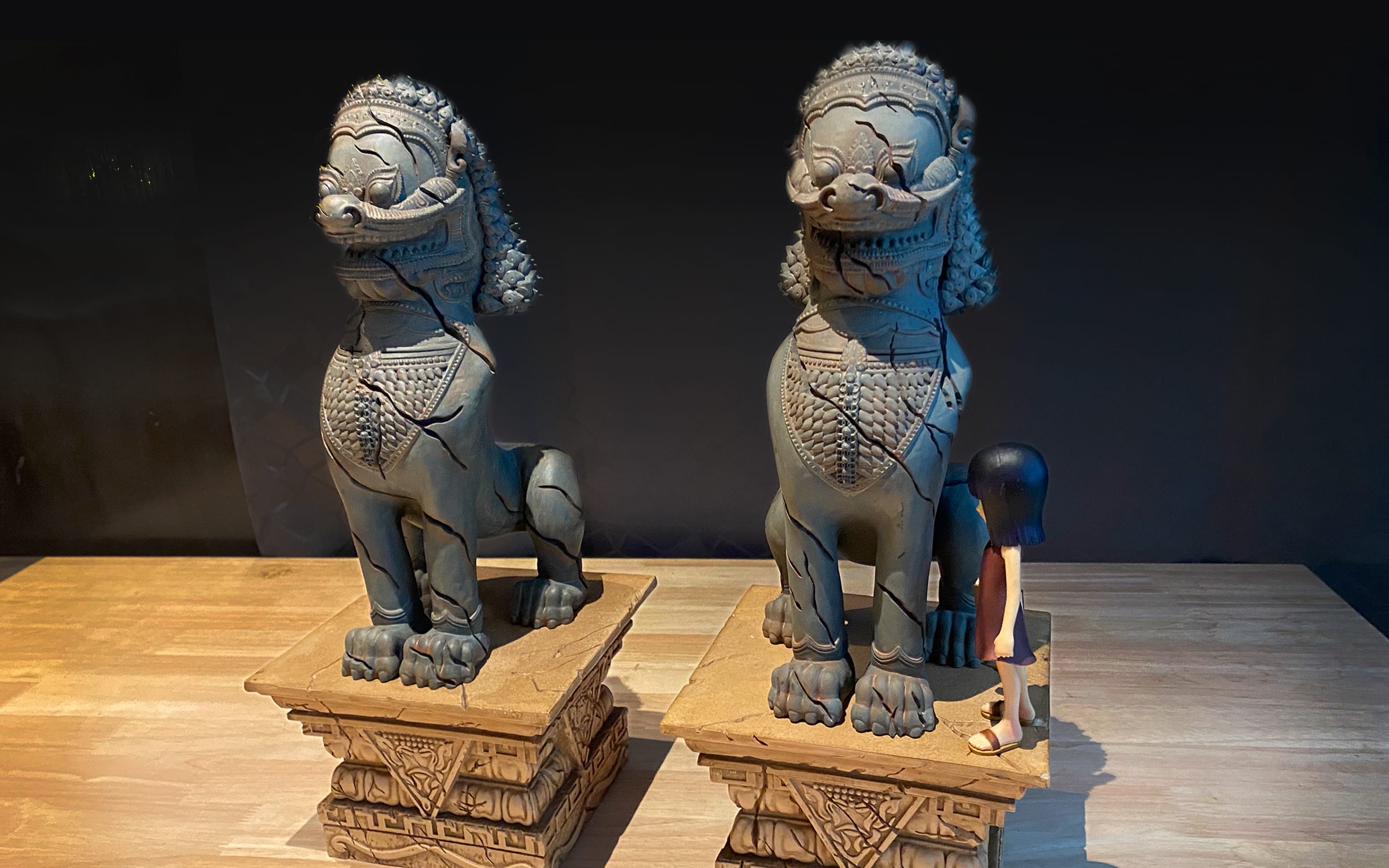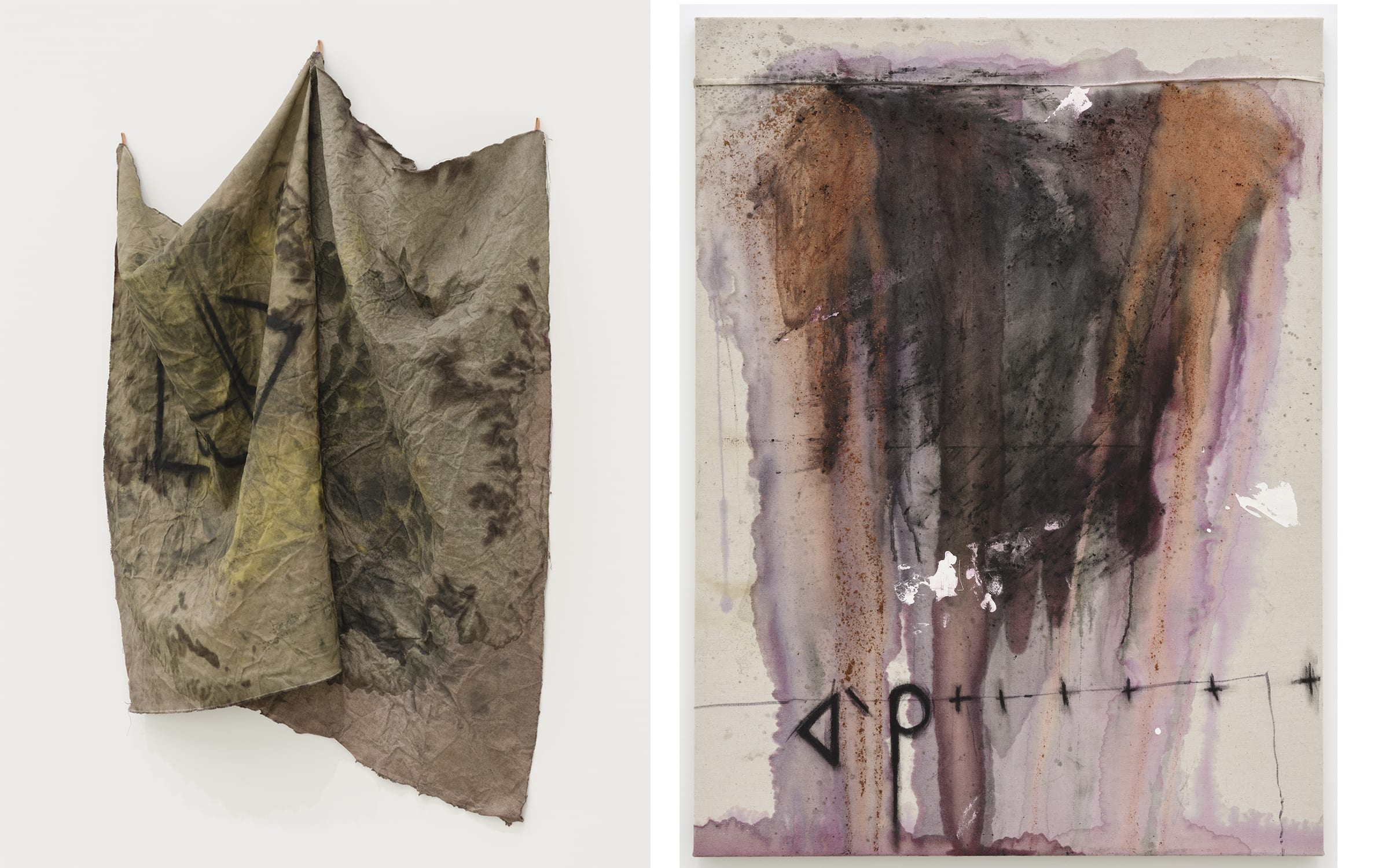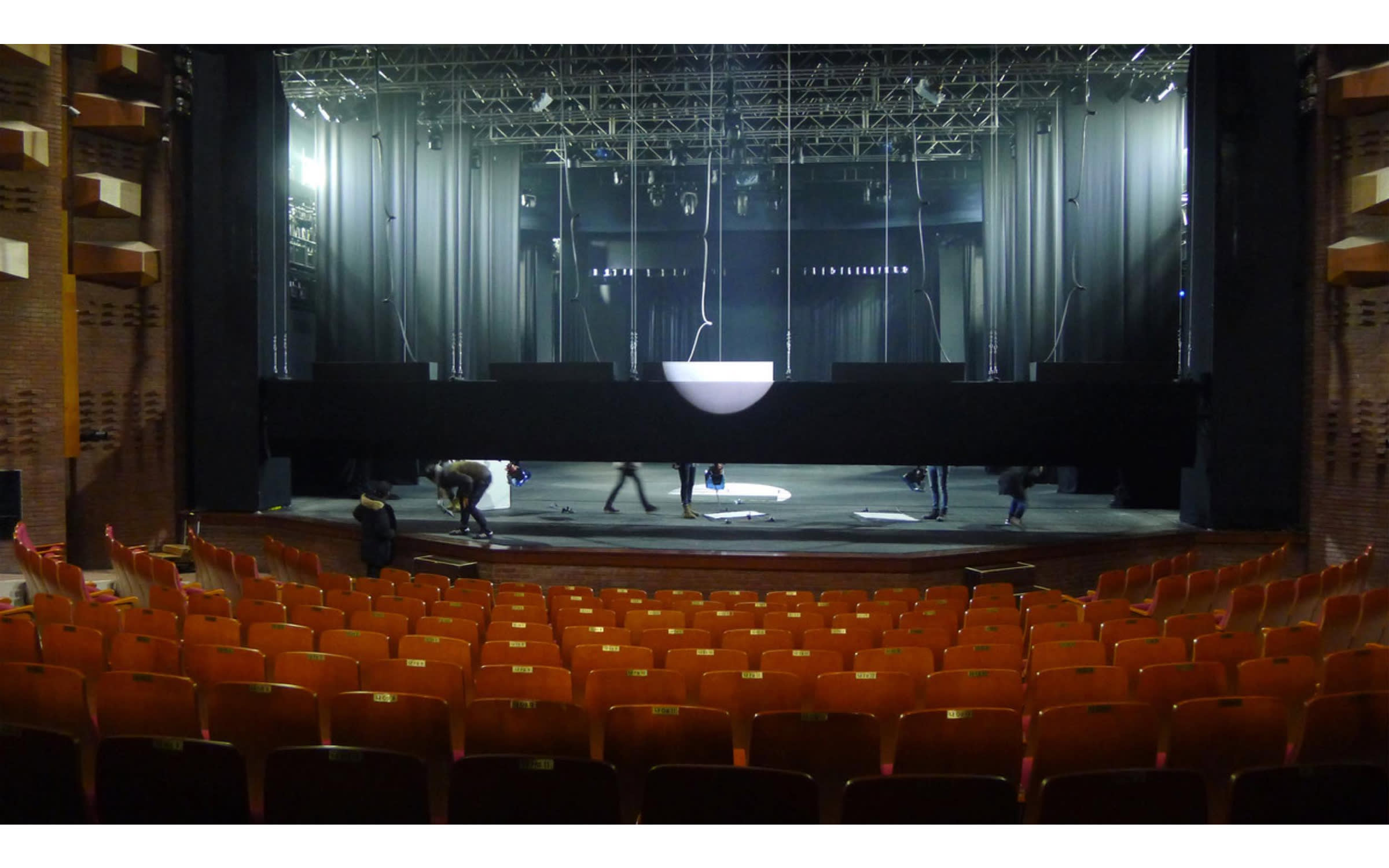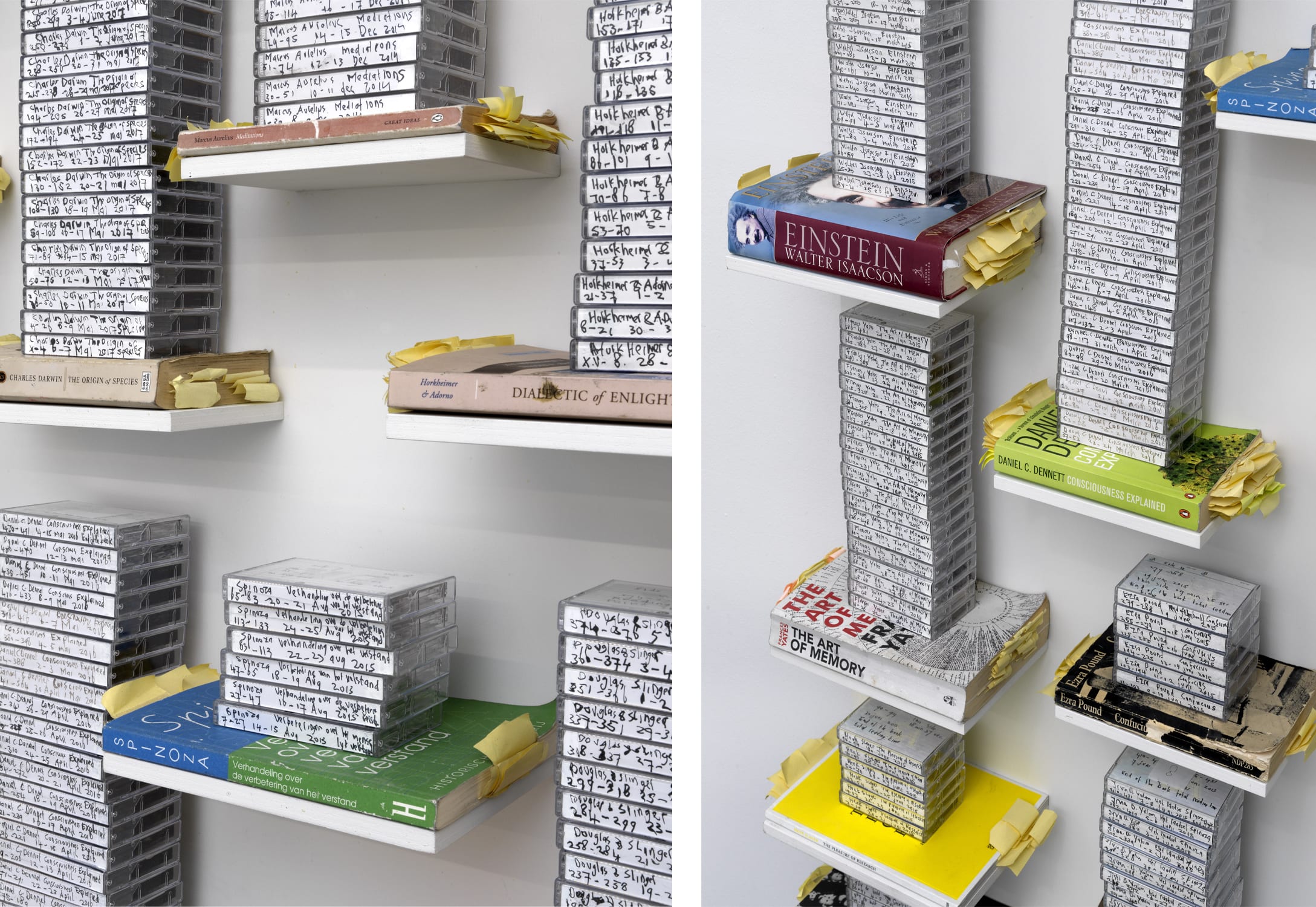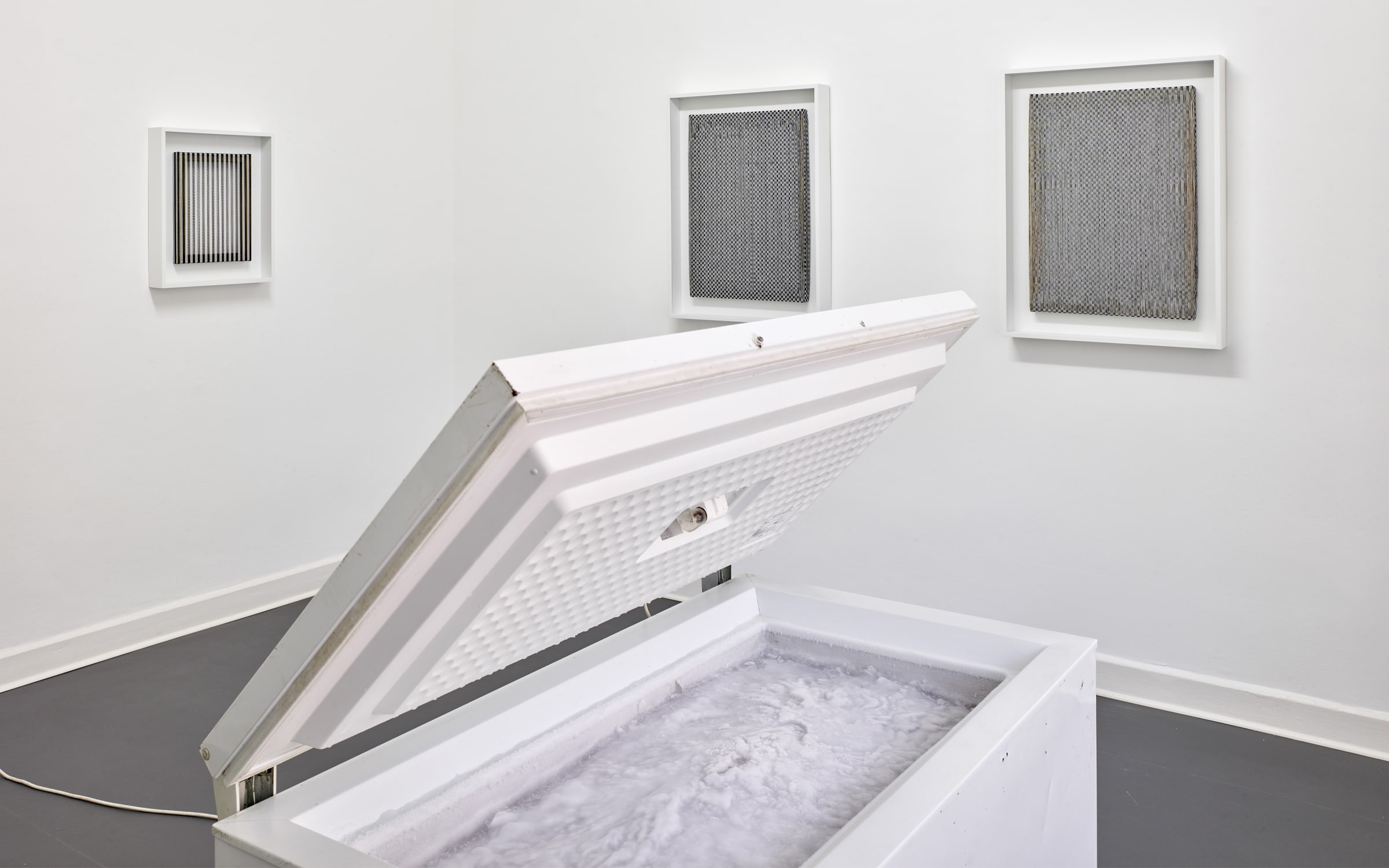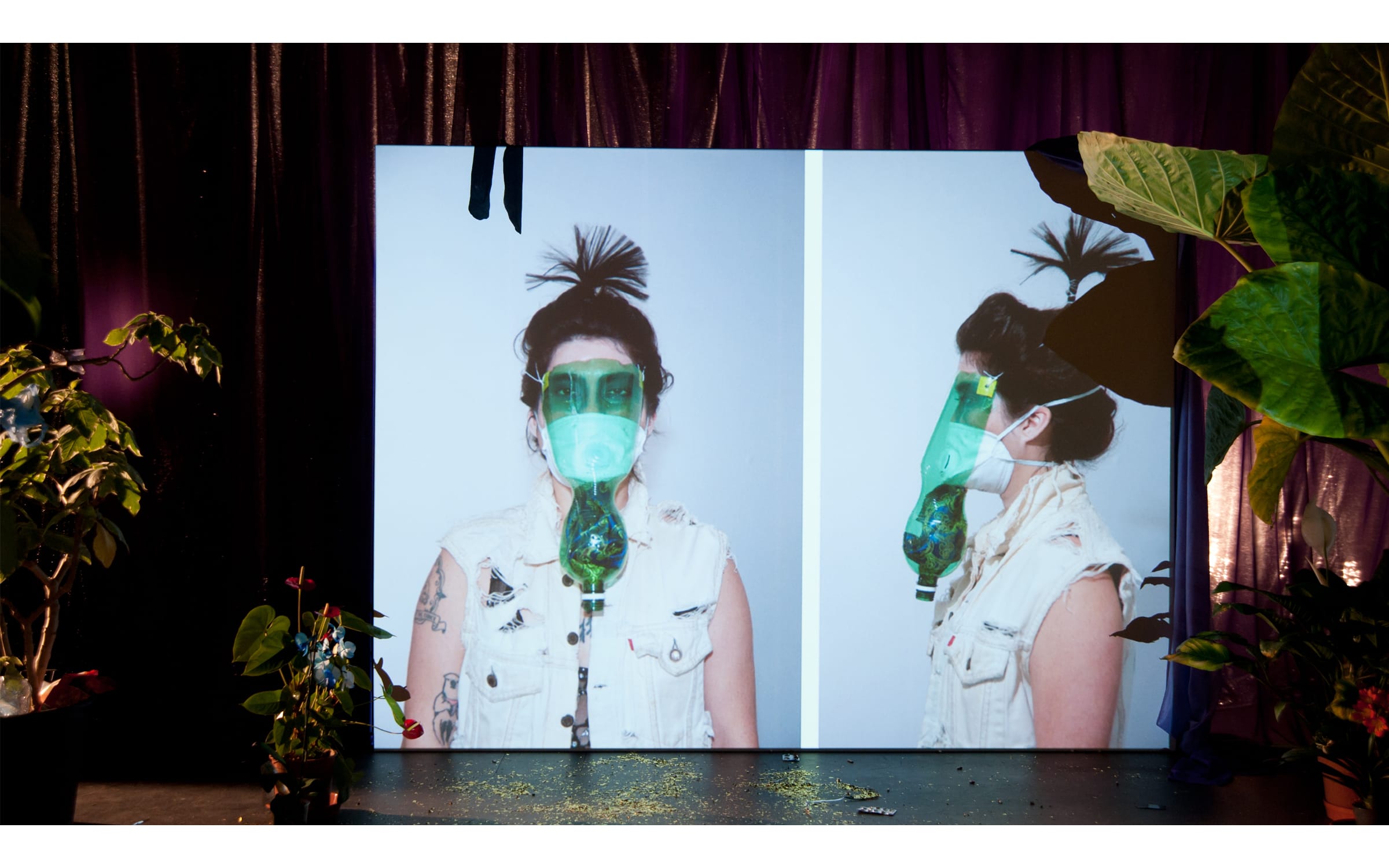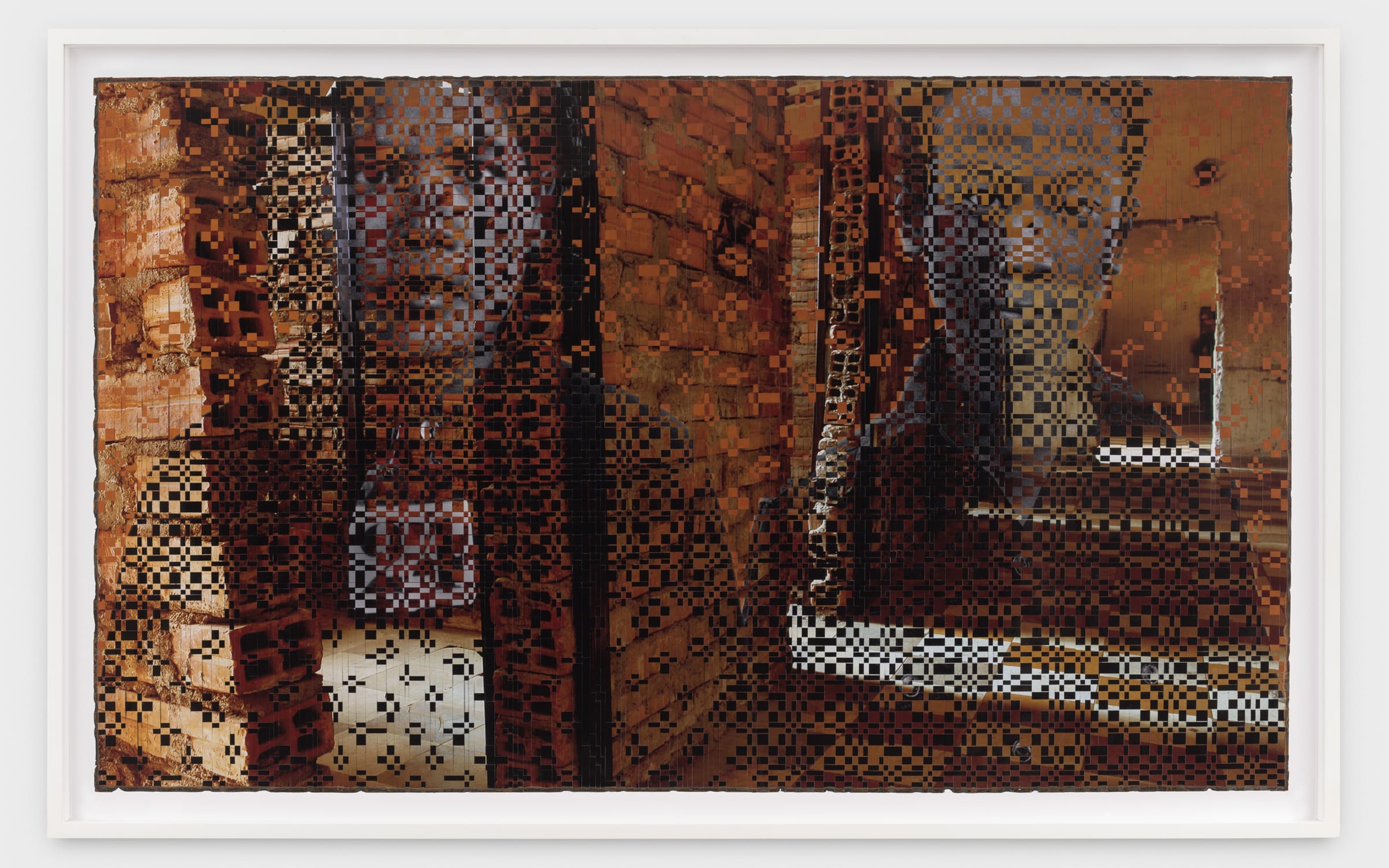Curator Christina Li delves into post-pandemic realities for her contribution to ‘OVR: Portals’
Turning to art can help make sense of the present, she writes ahead of Art Basel’s Online Viewing Rooms
Log in and subscribe to receive Art Basel Stories directly in your inbox.
